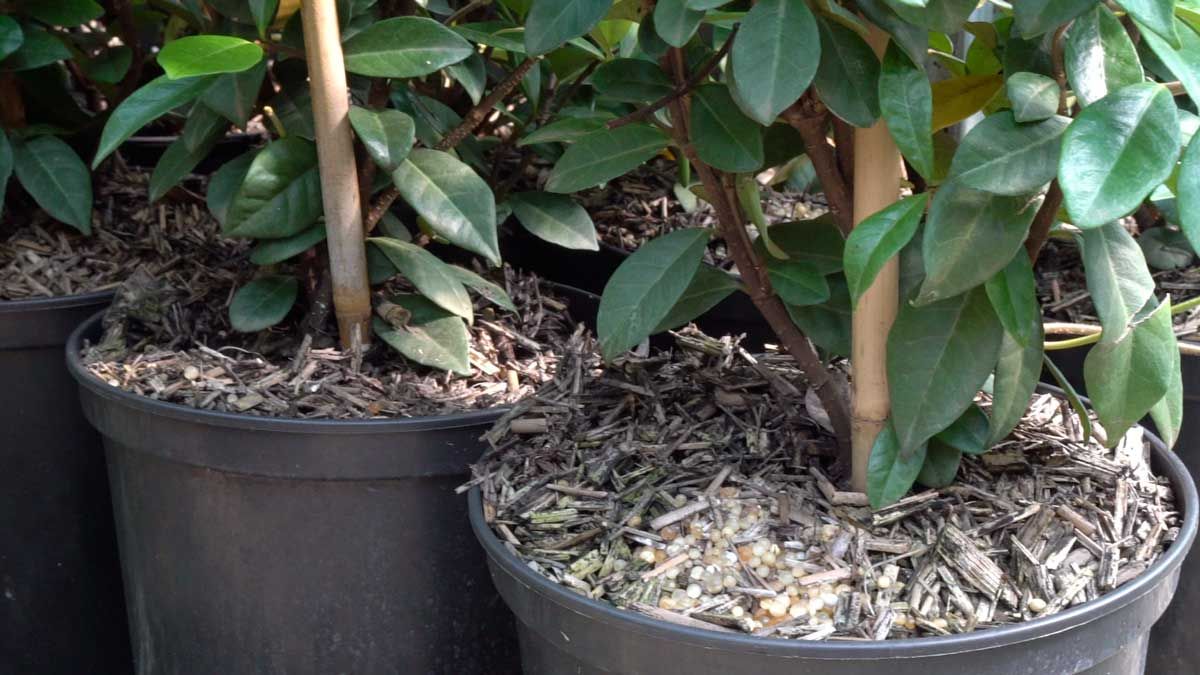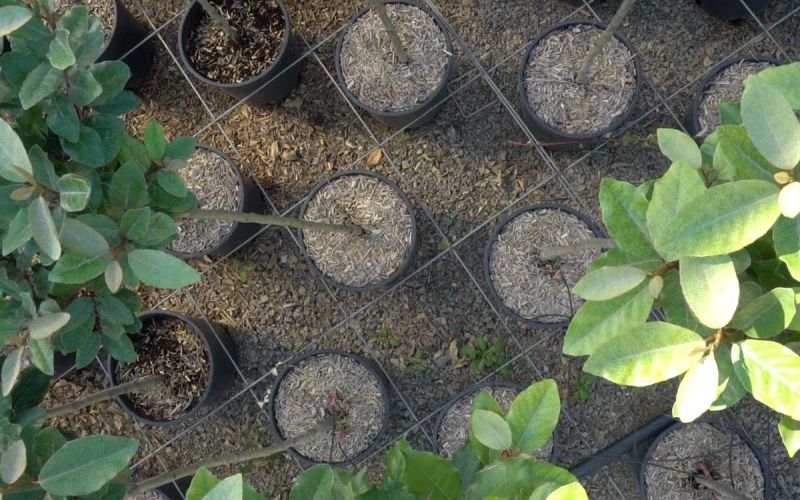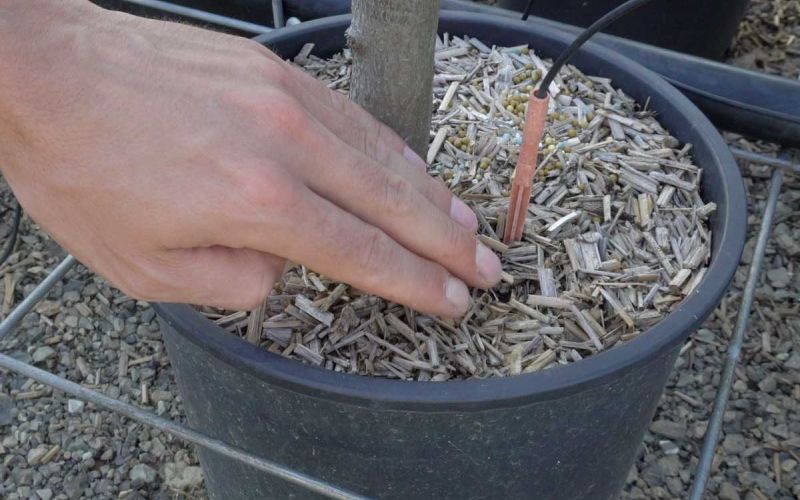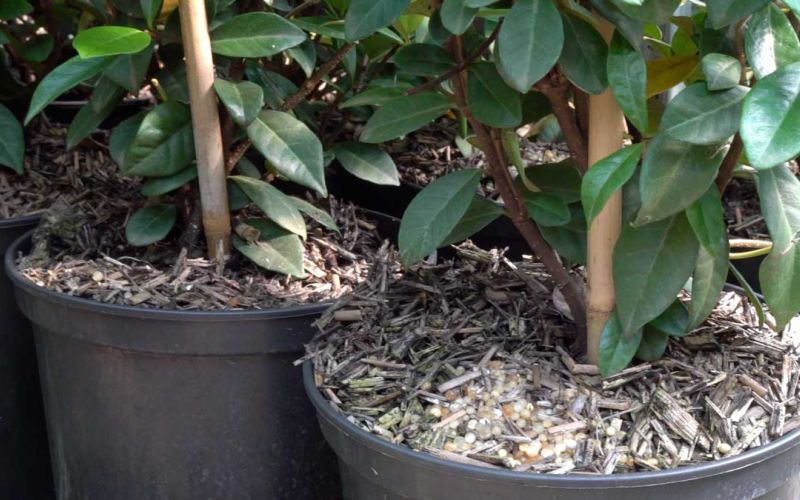Mulching
The management of weeds and unwanted vegetation in the ornamental nursery is of great importance, and it is essential to implement all those good practices that allow to avoid the growth of weeds in pots.
So-called "weeds" threaten the proper growth of crop plants due to their high survival capacity, rapid growth and ability to reproduce in adverse conditions. These in fact compete with the cultivated plants in terms of nutrients and water, greatly lowering their aesthetic value.
How not to grow weeds in pots thanks to mulching
How to prevent the growth of weeds?
How to get rid of weeds naturally?
How to avoid the growth of weeds in pots?
All questions that in recent years have been answered through alternative solutions to chemical weeding: practices that aim at the elimination or containment of weeds, through effective products but characterized by a high biodegradability and respect for the environment, and no or reduced danger to humans (in contrast with the use of chemicals and harmful to humans and the environment).
A very interesting use from this point of view concerns the use of natural mulches, especially in potted plants, which reduce the environmental impact and at the same time provide a valid agronomic result.

What is a mulching?
Mulching combats the growth of weeds in pots. Mulching consists in covering the soil with chopped material. The material should be applied to the potting, constituting a layer of at least 2 cm.
After the first wetting, it will form a compact but permeable layer, resistant to wind and driving rain. In addition to hindering the development of weeds, it slows the drying of the pots while maintaining the right degree of humidity and temperature, and gives them a pleasant chromatic appearance.

The most commonly used materials for mulching in pots are:
- Miscanthus: it is a grass plant, therefore mulching 100% natural, whose dried material, once shredded is very effective against the growth of weeds and gives the plant excellent protection, is very stable in the wind, has a strong water retention capacity, limits evaporation during hot periods and decomposes naturally constituting a source of mineral intake. Moreover, its very clear appearance favors the aesthetics of the potted plant.
-
Lignitec: composed exclusively of chopped spruce wood that has the same characteristics of Miscanthus but which has the advantage of having a more regular size and making less dust.
-
Containermulch: is made of peeled and chopped coniferous wood. During the production process the material is thermally sanitized and colored with natural pigments that give the typical pinkish color.
-
Lolla di riso: it is the whole of the shells deriving from the defrosting of rice, which is subjected to a compression process and reduced to pellets. Once placed in the pot at the time of the potting, the pellets must be wet. Hydrating increases its volume by about four times and forms a compact layer. Moreover, containing a natural glue (corn starch) it is able to fix very well to the soil of the pot and therefore to have a greater resistance to the eventual overturning of the pots. Rice husk in pellets, unlike other types of mulch, is more suitable for manual distributions than with mechanical fillers. From agricultural waste, it can be today a valid solution for floriculture in the control of spontaneous herbs in containers.
For other products suitable for the contrast of weeds without the use of chemical weeding click here.





